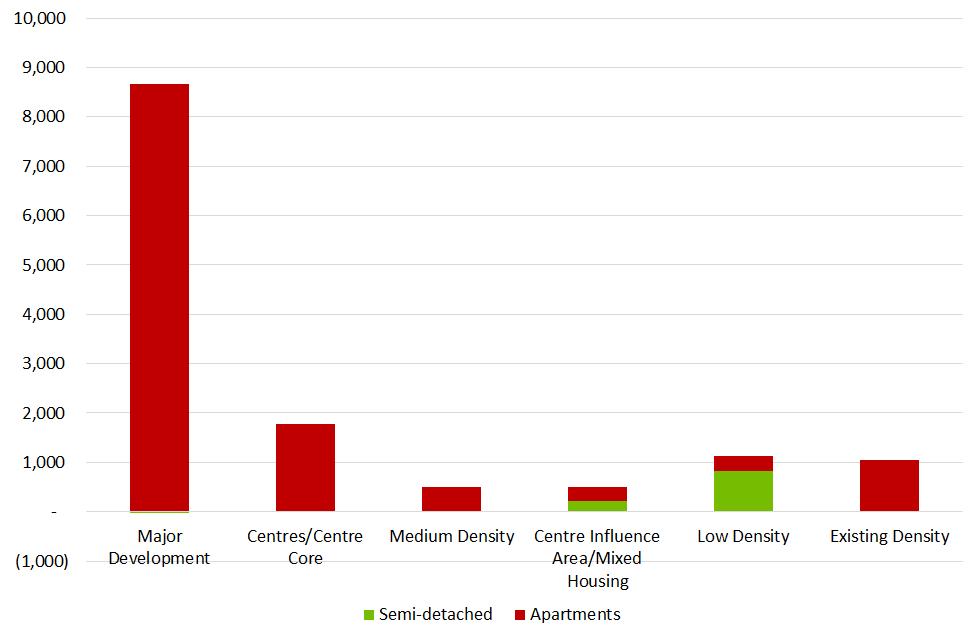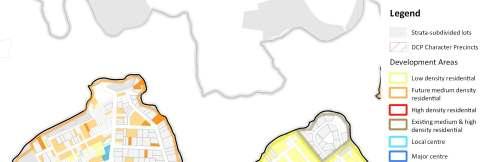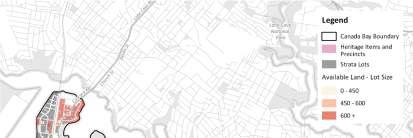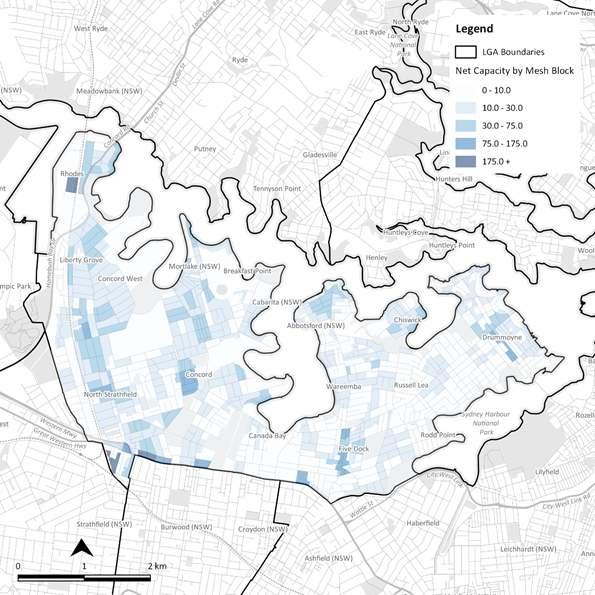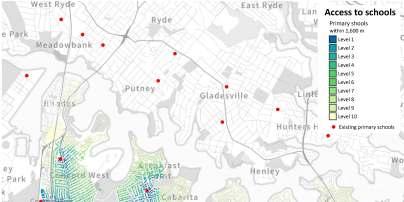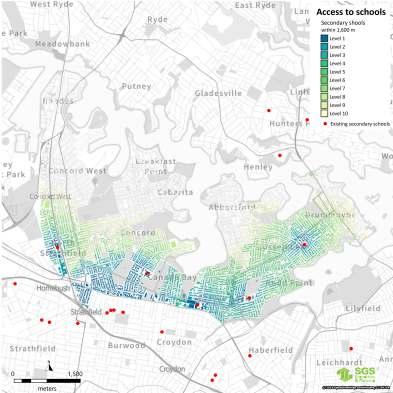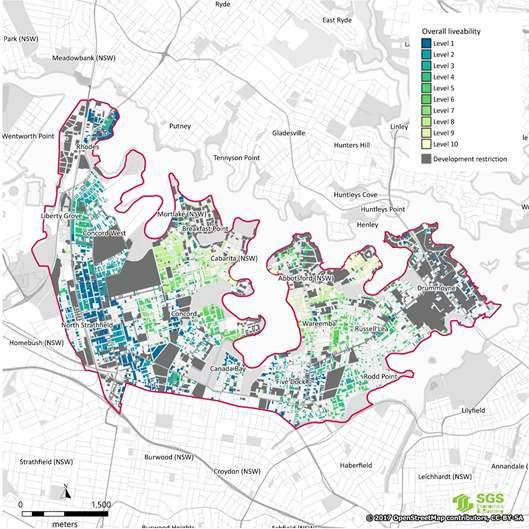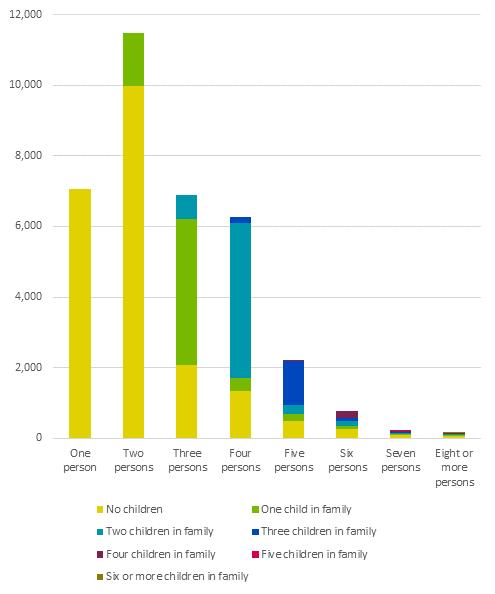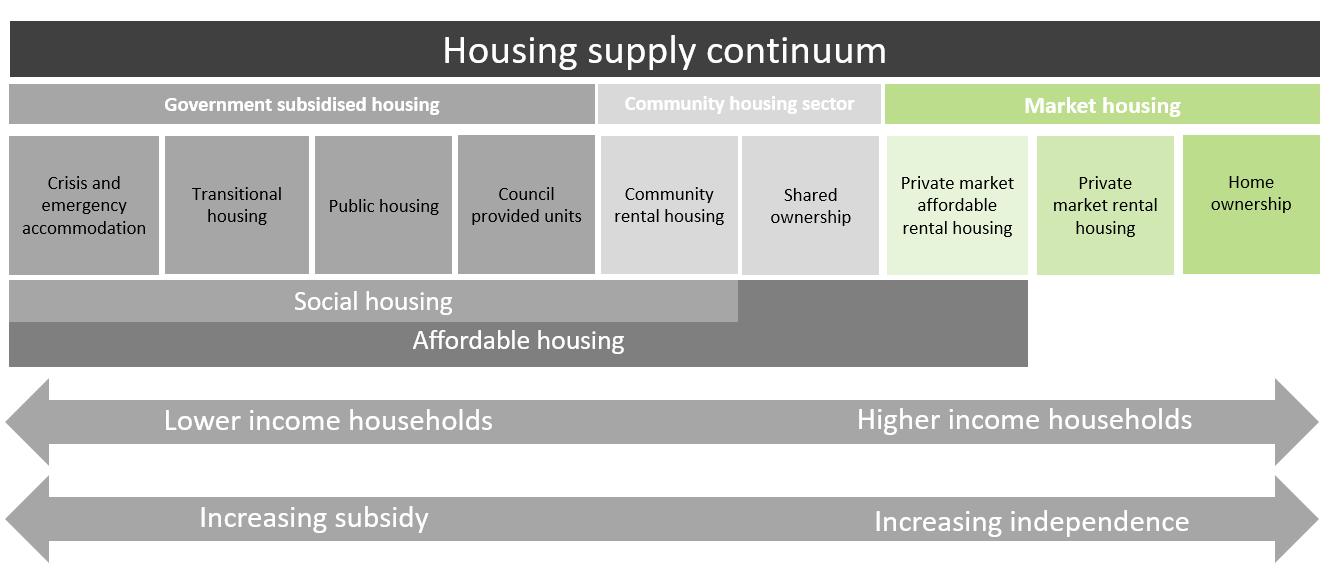4. SUPPLY Canada Bay possesses a diverse range of residential neighbourhoods and centres, which support a variety of dwelling types. In order to inform the future planning for housing in the LGA, a comprehensive analysis of Canada Bay’s residential areas has been undertaken. The purpose of this section is to provide an understanding of the LGA’s established housing areas and major development ‘planned precincts’ – leading to an analysis of where future growth may be accommodated.
4.1
Approach
A key element of planning for housing is the need to identify capacity for additional dwelling growth and how this aligns with the scale, type and location of projected housing demand. The likely future housing growth distribution for additional housing was identified using an approach, which can be broadly summarised in three stages: housing demand analysis, housing capacity; and housing take-up. The steps taken in this approach are summarised in the diagram below. FIGURE 16 HOUSING GAP ANALYSIS APPROACH OVERVIEW
This approach considers demand, supply and likely future take-up of capacity within the context of the current planning framework and policies. It also acknowledges the intertwined nature of demand and supply, including the imperfect nature of the housing market. This modelling helps understand, at a high level, the locations where there may be major differences between demand and supply, in order to underpin policy development and potential changes to planning controls to meet future housing needs. In Section 3, we reviewed the demand component of the equation to gain an understanding of who we are planning for, how many of us there will be and what types of dwellings are likely to be required. This section turns the attention to whether the established stock of housing and capacity within the current planning framework for additional housing to be provided in the LGA meets future housing demand requirements. It also investigates where opportunities and constraints for future growth based on changes to the planning framework may be achieved. Section 5 then completes the gap analysis picture by aligning demand and capacity to understand how and where take-up will occur across the LGA.
CANADA BAY Local housing strategy
42


